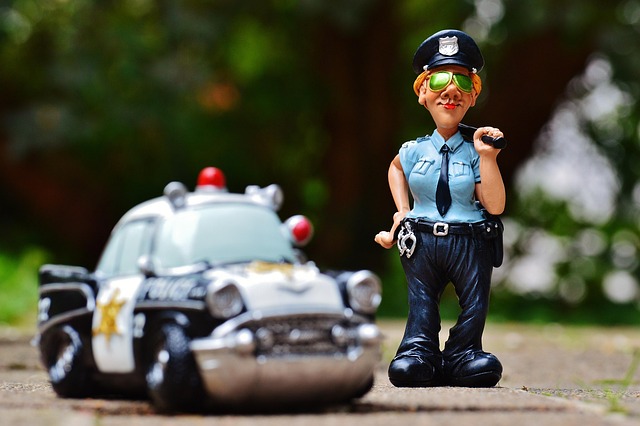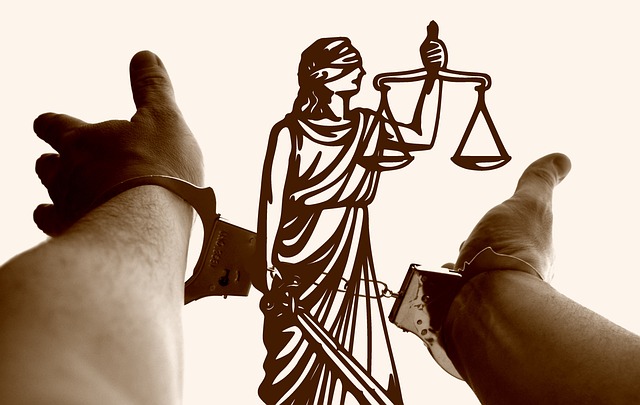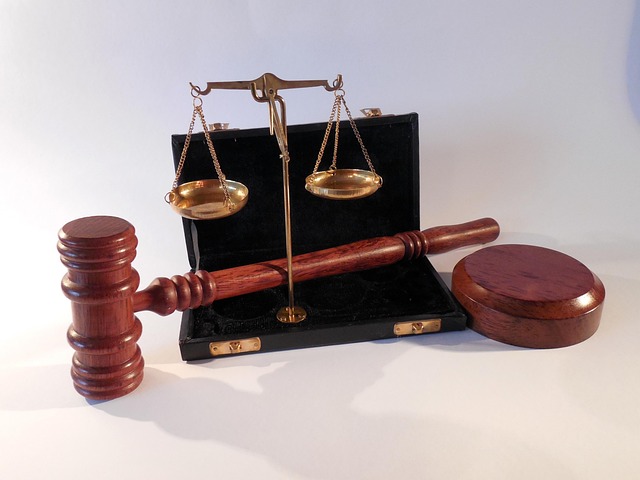Criminal Law Enforcement relies on gathering and presenting examples of evidence in trials, such as physical (fingerprints, DNA) and testimonial (witness accounts). The admissibility and reliability of this evidence in criminal trials are crucial for fairness and justice. Key examples include eyewitness testimonies, physical artefacts, and digital forensics. Effective use of both direct and circumstantial examples of evidence by prosecutors and defense attorneys is vital in high-stakes cases, requiring rigorous cross-examination and expert opinions to ensure reliability. Understanding these examples of evidence in criminal trials is essential for navigating complex cases and upholding justice.
Criminal law enforcement is a complex web that drives our justice system, ensuring public safety and accountability. This article delves into the intricate workings of this process, offering an in-depth ‘Overview’ of criminal procedure. We explore the crucial role of evidence, examining its types and admissibility to ensure fair trials. Through real-world scenarios, we provide concrete ‘Examples of Evidence in Criminal Trials’, shedding light on how legal professionals navigate this landscape to achieve justice.
- Understanding Criminal Law Enforcement: An Overview
- The Role of Evidence in Criminal Proceedings
- Types of Evidence Used in Courtroom Trials
- Admissibility and Reliability: Ensuring Fair Trials
- Examples of Evidence in Practice: Real-World Scenarios
Understanding Criminal Law Enforcement: An Overview

Criminal Law Enforcement involves a complex interplay of laws, procedures, and practices designed to protect society and deter criminal behavior. It encompasses a range of activities from investigation and prosecution to sentencing and rehabilitation. Understanding this field is crucial for both corporate and individual clients, as it impacts their respective business operations across the country.
Effective law enforcement relies heavily on gathering and presenting compelling evidence in criminal trials. Examples of Evidence in Criminal Trials include physical evidence like fingerprints, DNA samples, and ballistic reports, as well as testimonial evidence from witnesses. The admissibility of such evidence is subject to strict rules aimed at ensuring fairness and reliability. By mastering these aspects, law enforcement agencies can navigate the intricate legal landscape, uphold justice, and serve their communities more effectively.
The Role of Evidence in Criminal Proceedings

In criminal proceedings, evidence is the linchpin that connects facts to conclusions. It’s the foundation upon which a jury or judge builds their verdict. Examples of evidence in criminal trials can range from physical objects like fingerprints and DNA samples to witness testimonies, documents, and photographs. The admissibility of such evidence is crucial, especially in high-stakes cases involving philanthropic and political communities, where the respective business at stake can be immense.
The role of evidence extends beyond mere presentation; it must be reliable and relevant. For instance, a forensic expert’s analysis of a weapon or a doctor’s testimony about a victim’s injuries are considered strong pieces of evidence. Conversely, hearsay evidence—statements made by someone who is not testifying—is often excluded due to its potential unreliability. Understanding the weight and type of evidence allowed in court is pivotal for ensuring justice is served.
Types of Evidence Used in Courtroom Trials

In criminal trials, the presentation of compelling evidence is paramount to achieving justice and securing high-stakes cases. Examples of evidence in criminal trials can be broadly categorized into two main types: direct and circumstantial. Direct evidence presents facts through eyewitness testimonies, physical evidence, or admissions from the accused, directly proving an element of the crime. For instance, a witness seeing a defendant commit a robbery provides direct evidence of guilt. Circumstantial evidence, on the other hand, offers indirect proof by presenting facts that suggest a person’s involvement in a crime. A suspect’s alibi being contradicted by mobile phone records can be considered circumstantial evidence linking them to the scene.
The effective use of both these types of evidence is crucial for achieving extraordinary results in respective business. Prosecutors must craft a strong narrative, stitching together various pieces of evidence to convince the jury beyond a reasonable doubt. Defense attorneys, equally skilled, counter with their own evidence and arguments, aiming to raise doubts about the prosecution’s case. This dynamic interplay of evidence presentation can significantly impact outcomes, especially in complex high-stakes cases.
Admissibility and Reliability: Ensuring Fair Trials

In criminal trials, admissibility and reliability of evidence are paramount to ensuring fair processes. Evidence serves as the backbone of any prosecution or defence, and its integrity must be meticulously maintained. For instance, eyewitness testimonies, physical artefacts like fingerprints or DNA samples, and documented communications are common examples of evidence in criminal trials. These pieces of information must meet strict criteria to be admissible; they should be relevant to the case and obtained through legal means without any form of tampering or manipulation.
Reliability is equally crucial. Jurors and judges must be confident that the evidence presented is accurate and trustworthy. This often involves rigorous cross-examination, expert opinions, and a thorough examination of the methods used to collect and preserve the evidence. In cases involving white collar and economic crimes, for instance, where financial transactions and complex schemes are at play, establishing the reliability of digital records and forensic analyses becomes even more critical. An unprecedented track record of successful defence strategies often hinges on questioning the admissibility and reliability of such evidence, ensuring his clients receive a fair trial.
Examples of Evidence in Practice: Real-World Scenarios

In criminal trials, examples of evidence play a pivotal role in establishing facts, proving intent, and determining guilt or innocence. These real-world scenarios encompass a wide range of tangible and intangible proof. For instance, physical evidence like weapon residue, DNA samples, or fingerprint matches can irrefutably link a defendant to the crime scene. Similarly, digital forensics have become integral, with cell phone records, computer logs, and social media posts providing insights into premeditation, alibis, or incriminating conversations.
White-collar defense and general criminal defense strategies often revolve around interpreting and challenging these evidence types. Throughout all stages of the investigative and enforcement process, from initial suspicion to trial, legal professionals must scrutinize the collection, handling, and presentation of evidence. Whether it’s disputing the admissibility of a statement due to coercion or questioning the integrity of digital data, understanding examples of evidence in practice is crucial for both prosecution and defense teams.
Criminal law enforcement relies heavily on evidence to ensure fair trials and secure just outcomes. From understanding the fundamentals to navigating complex admissibility rules, each aspect plays a crucial role in the justice system. By examining various types of evidence and real-world examples, we gain insights into how strong and reliable proof is gathered and presented in courtroom trials. This comprehensive overview highlights the importance of evidence in shaping criminal cases and ultimately contributing to effective law enforcement practices.






